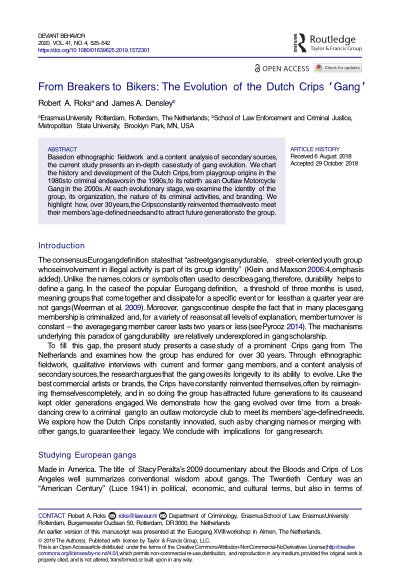By Matt Herbert and Lucia Bird Ruiz-Benitez de Lugo i
Since the turn of the millennium, organized crime has surged from a small number of locally or regionally active organizations into a plethora of syndicates operating throughout the globe. Their operations are now often transnational, either active in multiple countries or involved with illicit commodity chains that extend across borders and interlink different regions.
Organized crime players are increasingly active in criminal markets, from human trafficking to cybercrime to illicit fuel sales. Although the value of global organized crime activity is unknown – and likely unknowable with any real precision because of its nature – it is huge. Individual markets such as drug trafficking or timber extraction are estimated to generate hundreds of billions of dollars annually.
The rising prevalence and profitability of organized crime have had a substantial impact in many of the states in which networks operate. In part, this is through the corruption and/or coercion of state officials to allow criminal activity or purchasing impunity.
Such official complicity is now the most important factor enabling the spread and operations of organized crime and also a key impediment to efforts to design solutions and build resilience to it.
Criminal groups have been important sponsors of armed groups seeking to control, in full or in part, the territory of states across the world. Increasingly, organized crime actors have developed autonomous military capacity, becoming key threats to peace and security in their own right. Impacts of organized crime on governance also manifest from the bottom up, with local communities highly vulnerable to criminal actors’ attempts to violently seize de facto control, limit access to public services or establish alternative governance structures.
Because of this profusion of impacts, the international community is devoting increasing resources to counter the phenomena of rising organized crime. At a national level, this has seen greater funding of security force and criminal justice actors, an expansion that is mirrored in international aid, with heightened donor focus on security sector reform and governance, judicial sector training and programmes to build binational and multinational coordination on security challenges, including organized crime.
The international community has also sought to build arrangements for multilateral reciprocal cooperation, such as the United Nations Convention against Transnational Organized Crime (UNTOC), also known as the Palermo Convention. However, these have struggled to achieve the necessary effects and are often outpaced by criminal evolution, leading many states to prefer unilateral or ad hoc initiatives to address transnational organized crime. Further, many governments are shifting their approach to organized crime, assessing it as a national security threat rather than purely as a criminal justice challenge. The result has been that, while criminal justice tools such as multilateral arrangements con-tinue to be relied upon, other approaches – involving military, financial and diplomatic tools – are becoming increasingly common. The use of targeted sanctions has emerged as part of this expanding international toolkit to address organized crime.
Such sanctions can be defined as legal authorities that prohibit certain forms of otherwise licit activity, including financial access or travel, for a specific entity in order to hamper their pursuit of a specific goal. Historically, they have mostly been used against countries whose activities were interpreted as threats to peace and security or individuals who had breached international law or norms. Despite the growing use, there has been limited tracing of why and how different international actors have converged in their use of targeted sanctions, how they have developed processes to issue and implement sanctions regimes and their impact and effectiveness. This report series focuses on the use of targeted sanctions against criminal actors. The series encompasses both global reports and country-specific and thematic studies.
Geneva, SWIT: Global Initiative Against Transnational Organized Crime, 2023. 75p.





















